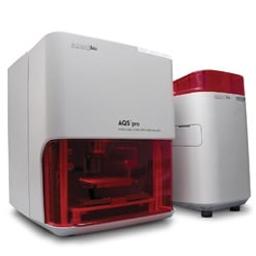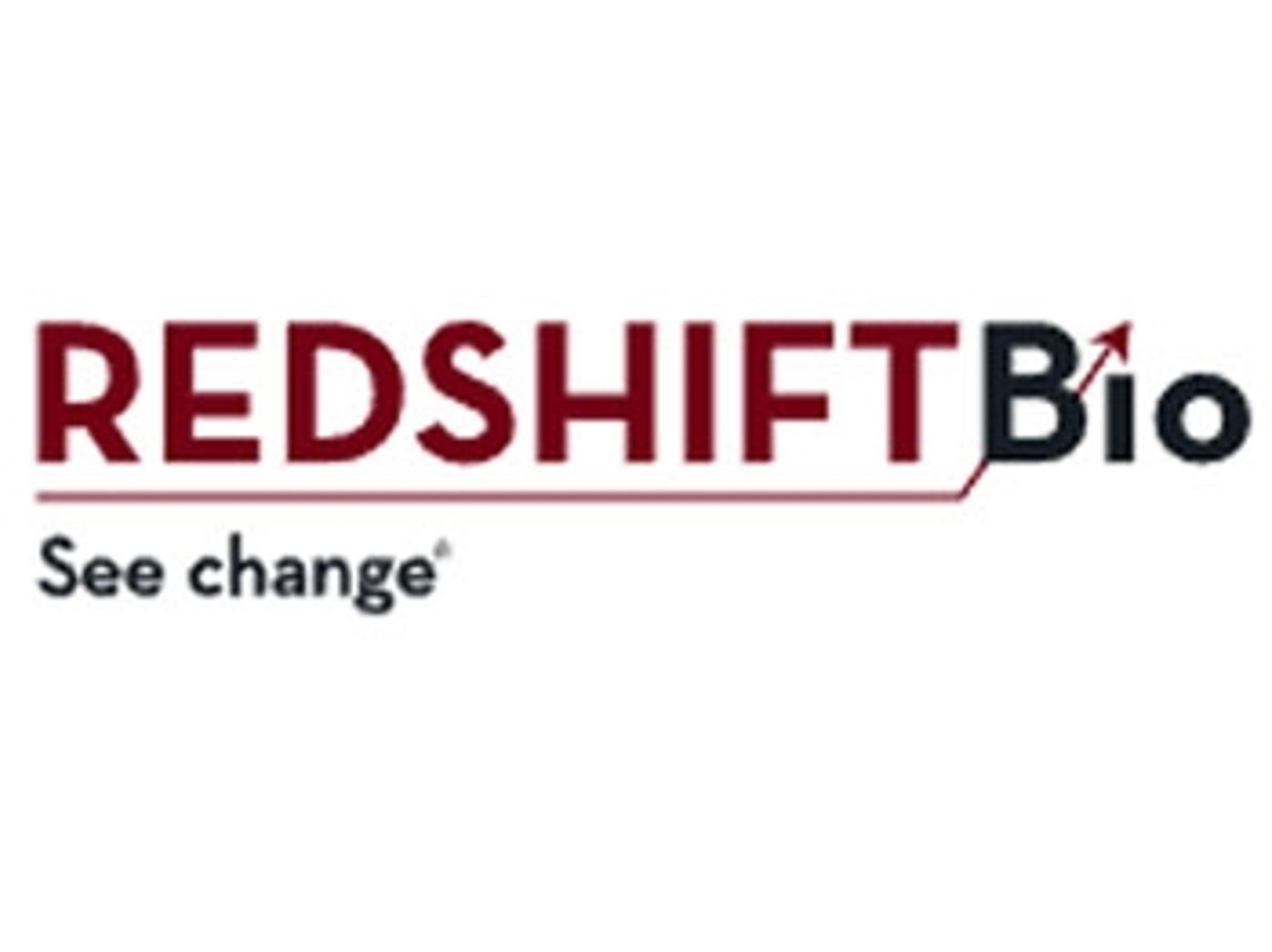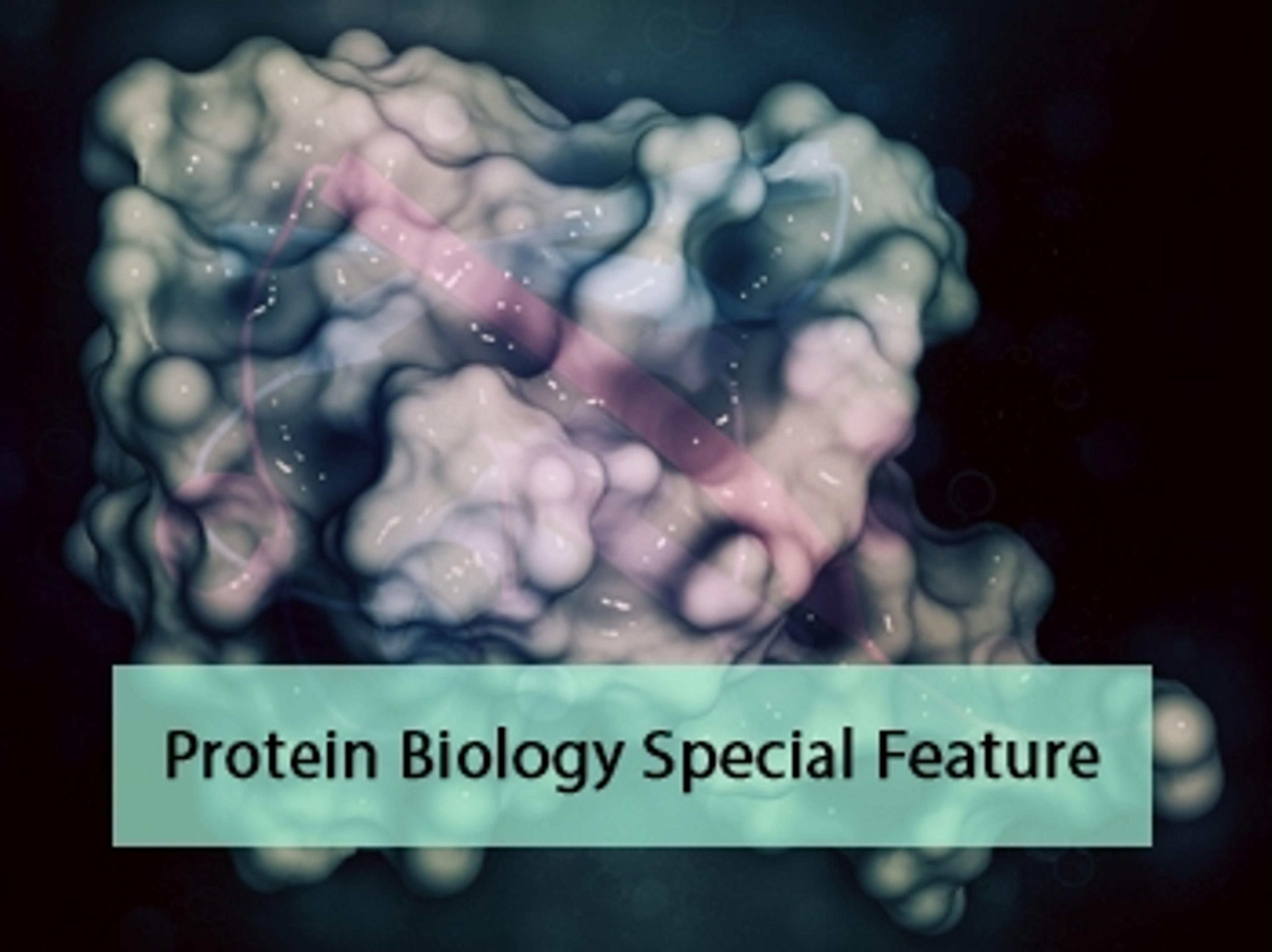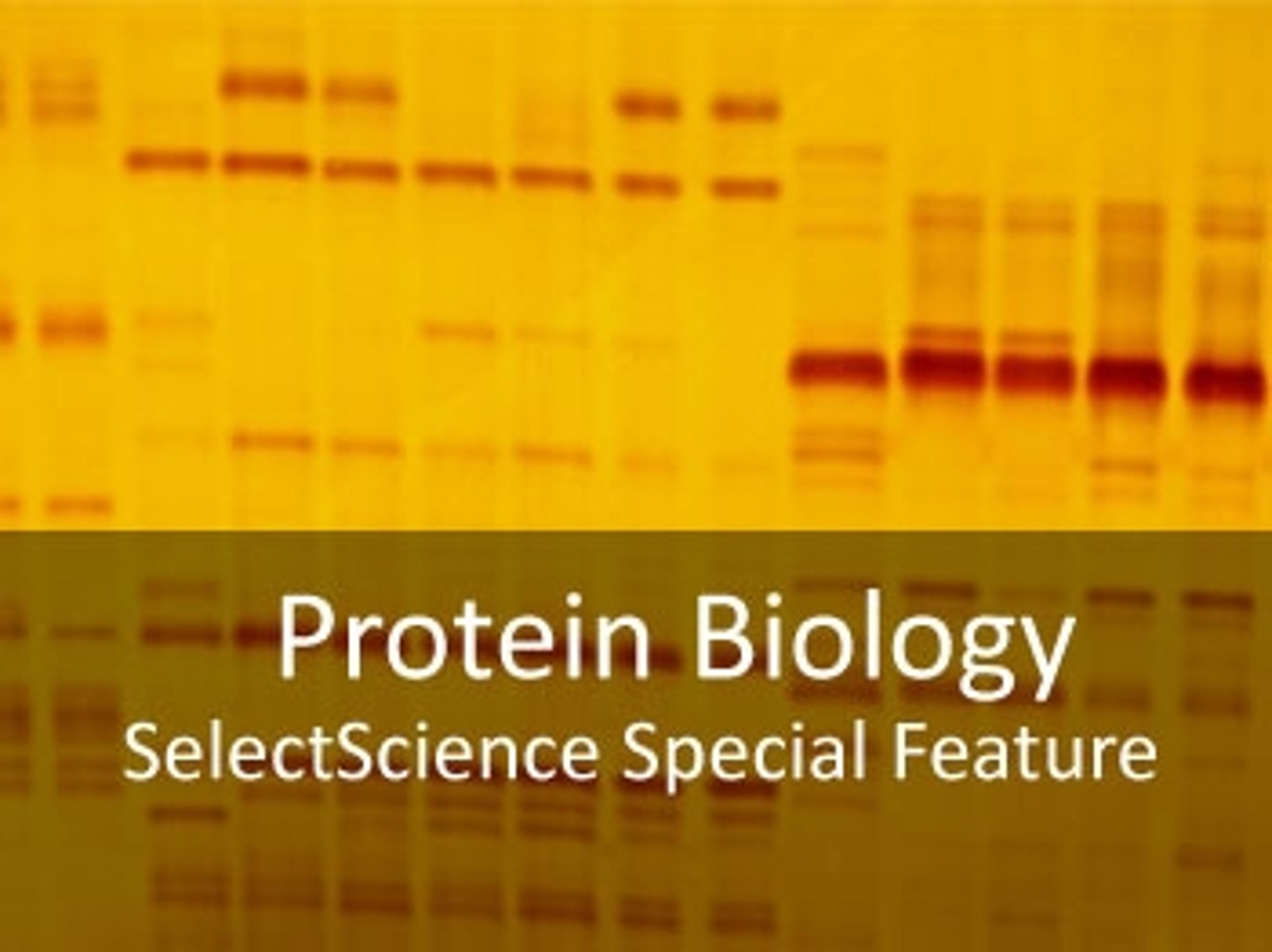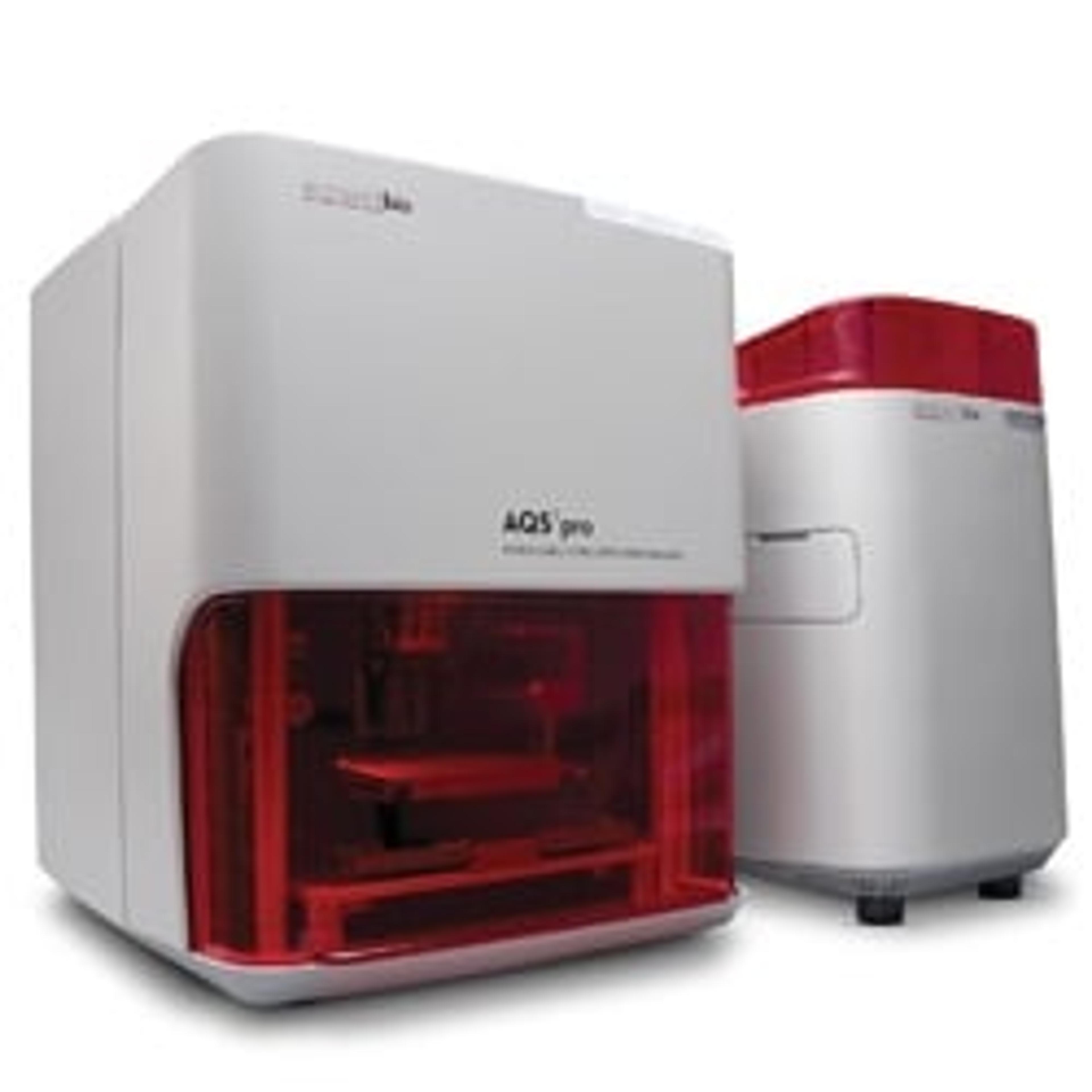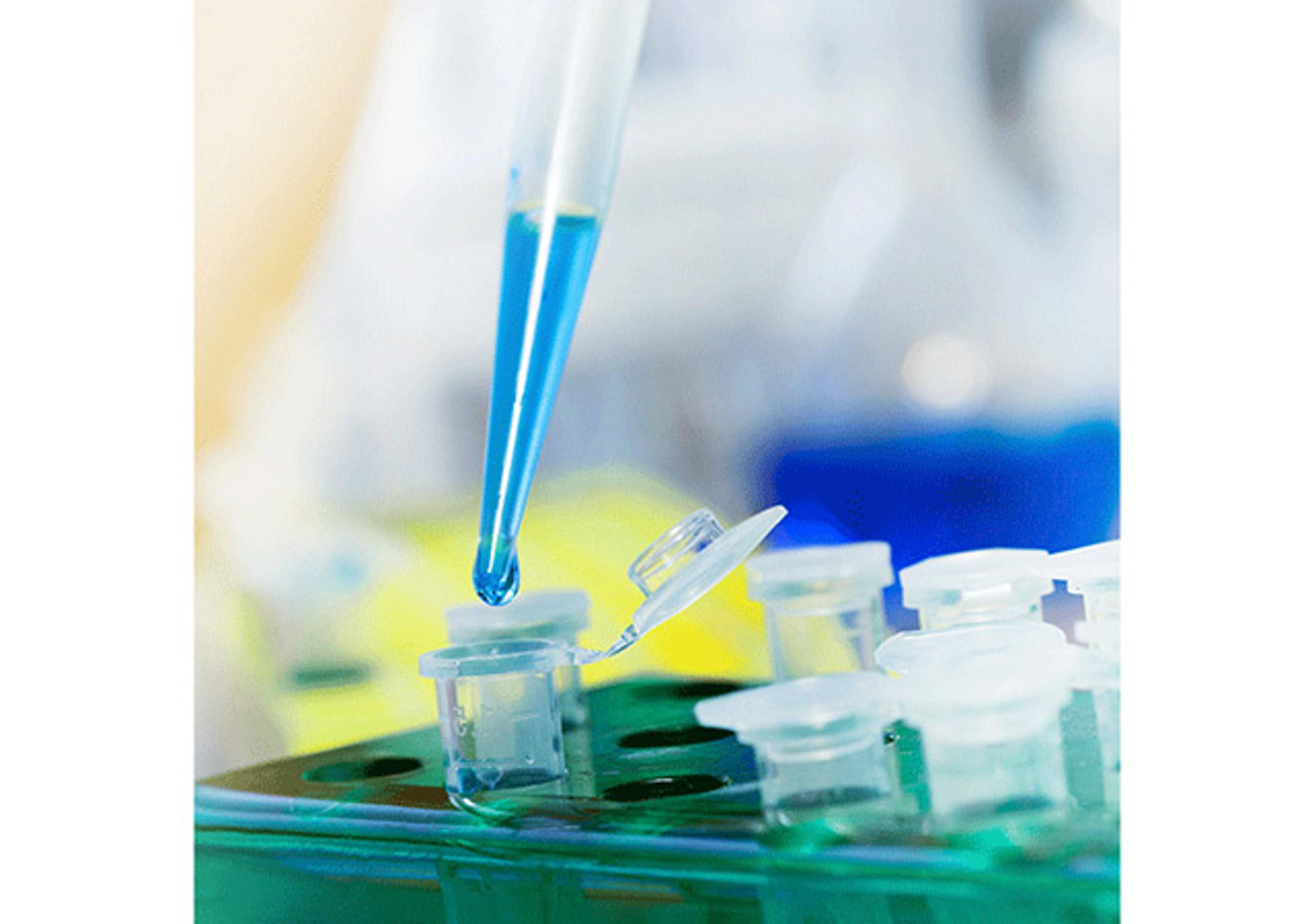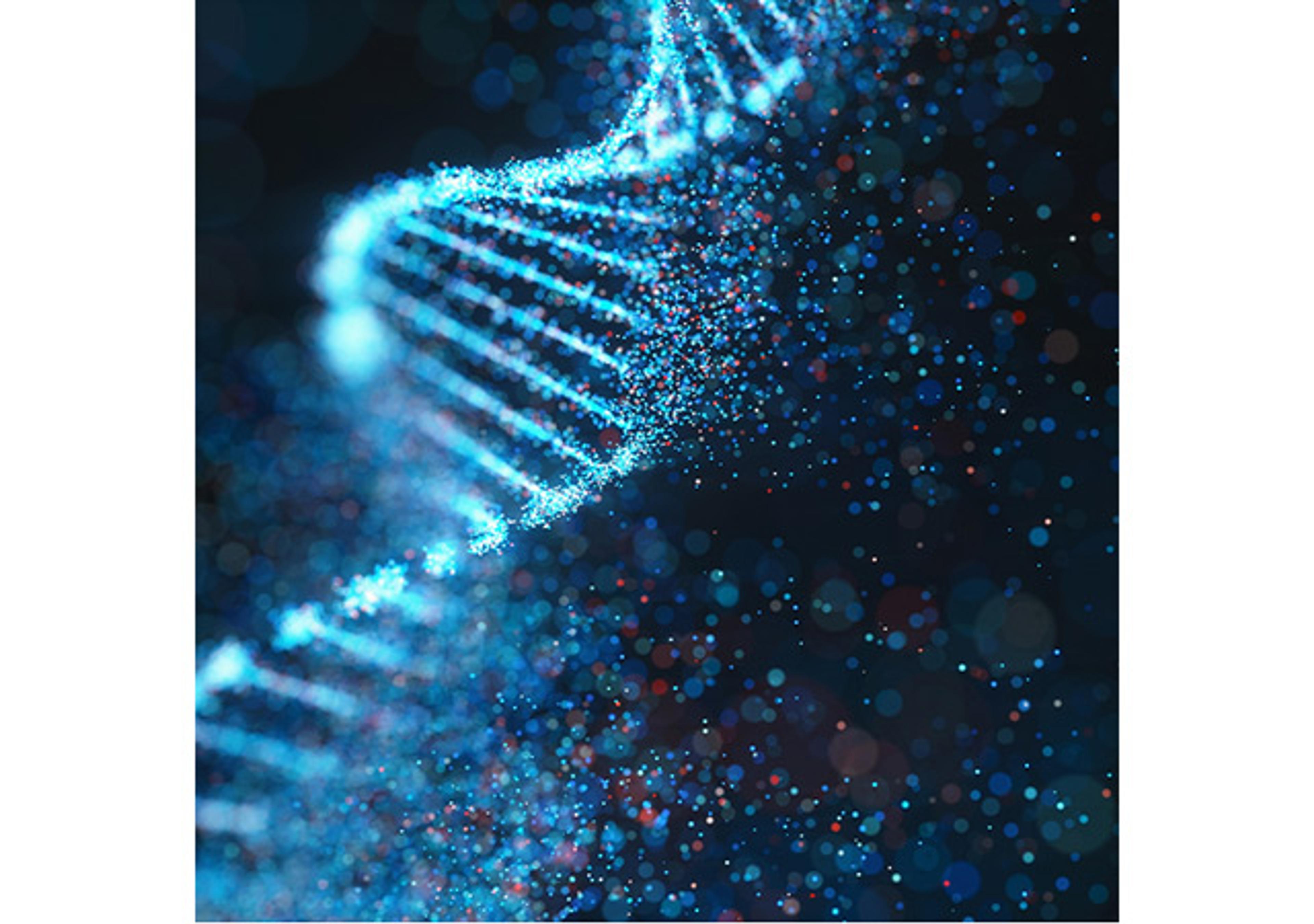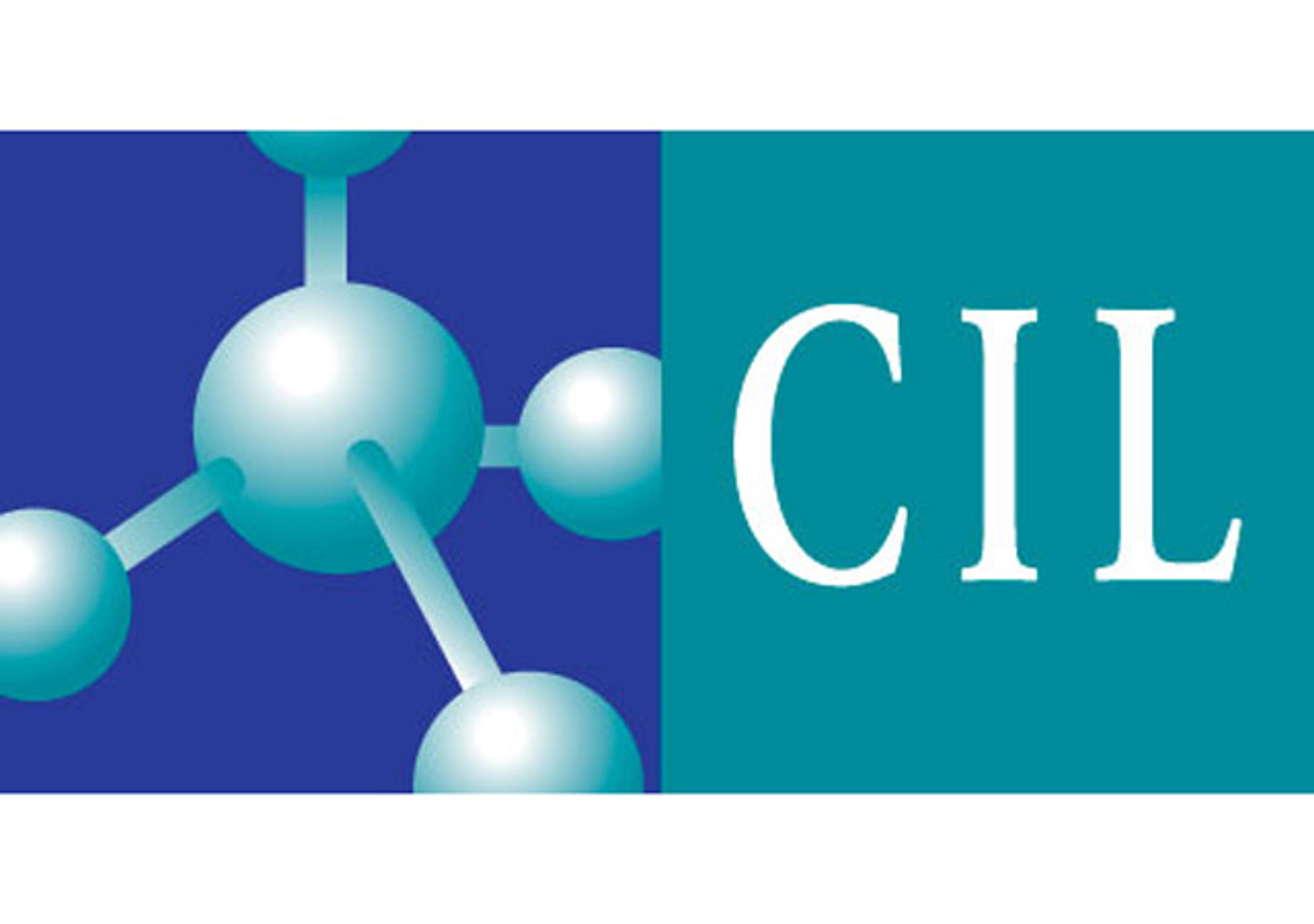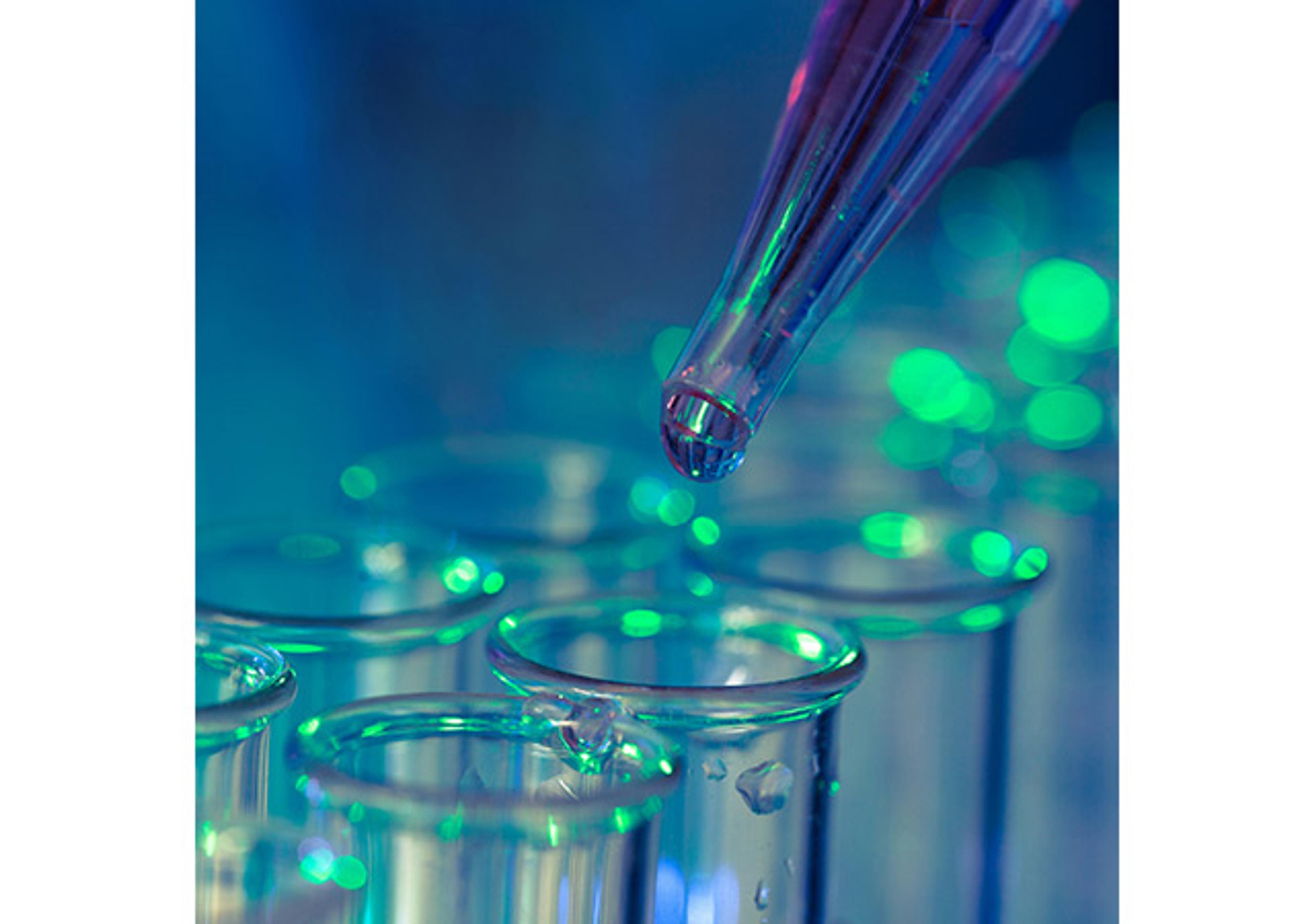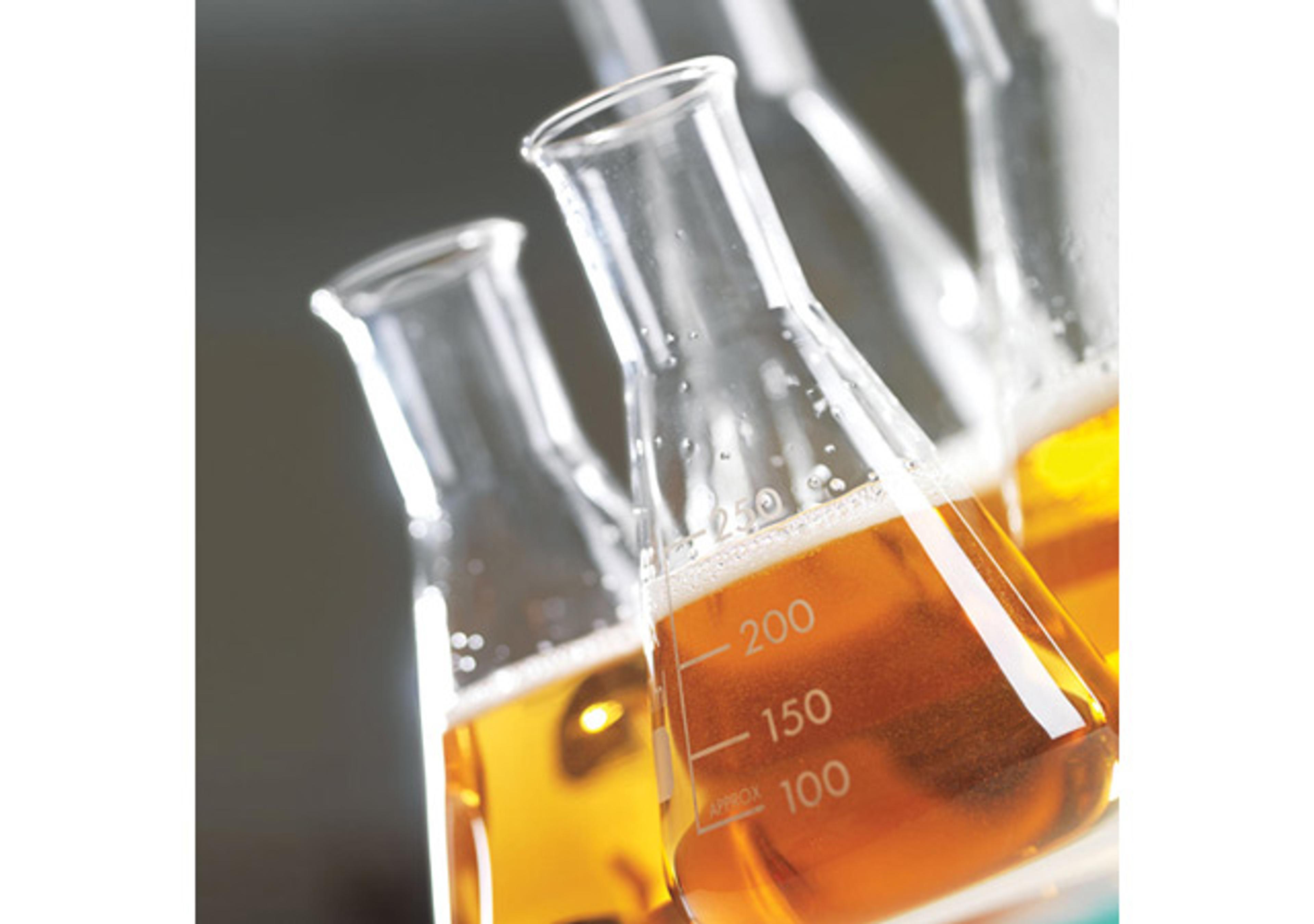AQS3™Pro System featuring AQS3delta software
The AQS3pro has been designed for the biophysical characterization of proteins.

The supplier does not provide quotations for this product through SelectScience. You can search for similar products in our Product Directory.
Anyone needs to analyse structure at concentration- Awesomeness
Protein structure
High throughput. Incredible sensitivity
Review Date: 30 Mar 2022 | RedShiftBio
Infrared spectroscopy has been recognized for 50+ years as a powerful technique for a range of applications. Fourier transform infrared spectroscopy (FTIR) instruments are the best performing implementation of IR spectroscopy today. However, FTIR is mature, and has seen only incremental improvements in performance over the past decade. RedShiftBio developed and commercialized Microfluidic Modulation Spectroscopy (MMS) to perform IR spectroscopy in an important application – liquid spectroscopy – where FTIR is inherently disadvantaged due to its weak optical source, lack of dynamic range, and performance limiting referencing techniques. MMS has been shown by independent third parties, to achieve more than 20 times better sensitivity, 20 times greater dynamic range, and less than 1/10th the test labor cost of FTIR instruments. As such, MMS represents the single most significant advancement in IR spectroscopy for liquids, and in particular for therapeutic protein characterization, since the advent of FTIR technology.
RedShiftBio introduced the AQS3pro MMS-based instrument in 2018. With its greater sensitivity, the AQS3pro now makes it possible to characterize proteins from 0.1 mg/mL to over 200 mg/mL, the concentration range found across the full spectrum of drug development. No other similarly capable technique, including FTIR, circular dichroism and differential scanning calorimetry, is capable of this range of analysis, providing the ability to see changes that scientist could currently miss. As a flow technology with built-in real time referencing, MMS instruments can also be automated. The AQS3pro is a true walkaway instrument, capable of running through well plates automatically to provide characterization of aggregation, quantitation, similarity, stability and biophysical structure in one instrument.
Features:
- Load samples and walk away.
- The widest concentration range to characterize biotherapeutics.
- Generate precise, high sensitivity data.
- Analyze and understand protein behavior.
Applications:
- Aggregation
- Quantitation of protein concentration
- Protein Structure
- Protein Stability
- Biosimilarity


